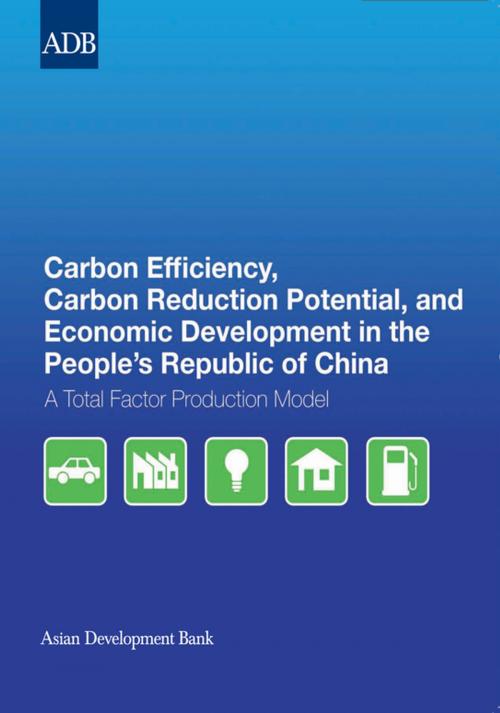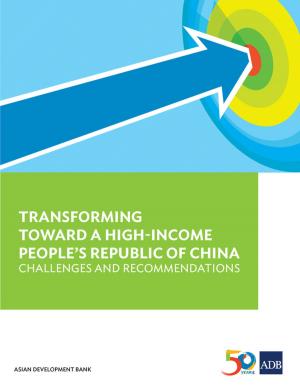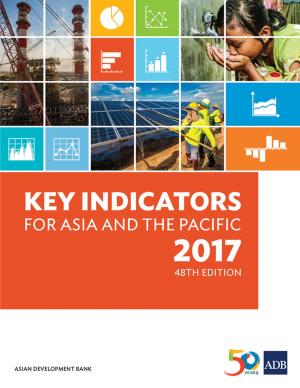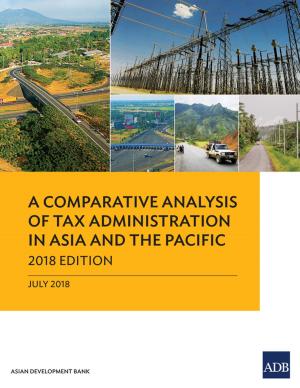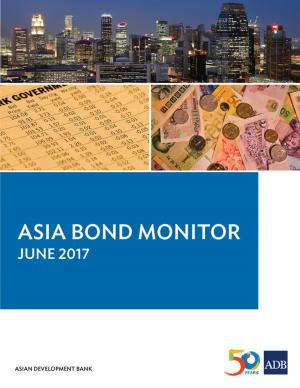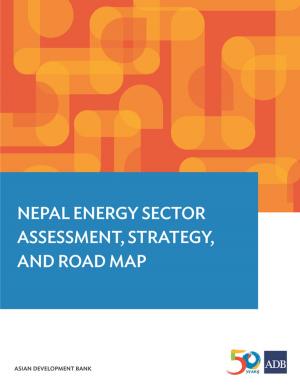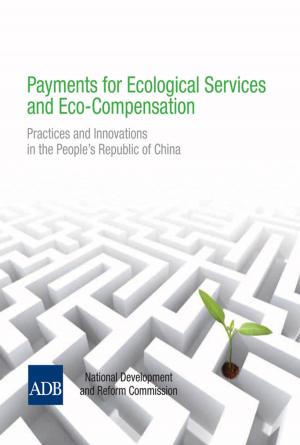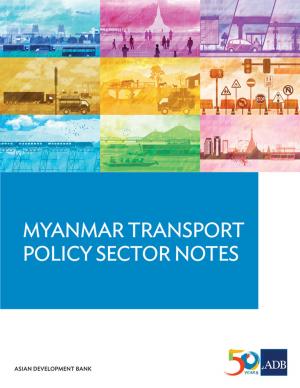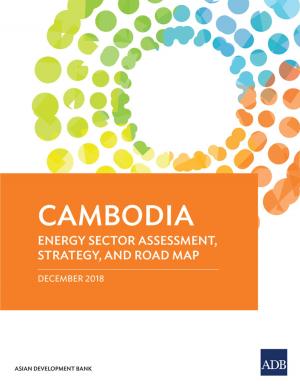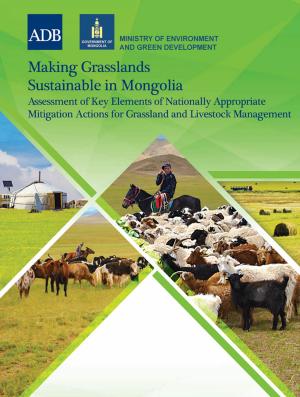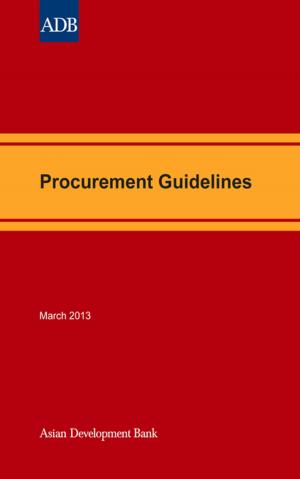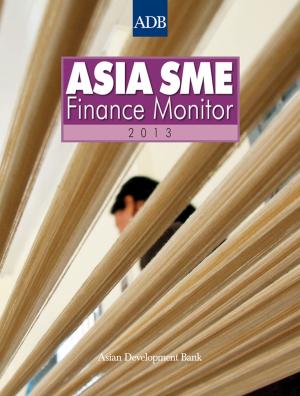Carbon Efficiency, Carbon Reduction Potential, and Economic Development in the People's Republic of China
Business & Finance, Economics, Sustainable Development, Economic Development| Author: | Asian Development Bank | ISBN: | 9789290920311 |
| Publisher: | Asian Development Bank | Publication: | June 1, 2010 |
| Imprint: | Asian Development Bank | Language: | English |
| Author: | Asian Development Bank |
| ISBN: | 9789290920311 |
| Publisher: | Asian Development Bank |
| Publication: | June 1, 2010 |
| Imprint: | Asian Development Bank |
| Language: | English |
”Carbon intensity” is the traditional measure of an economy’s carbon performance. However, it is incapable of capturing the multidimensional features of an economy’s carbon performance, particularly when increased emissions have causes other than poor emitting technology, such as changes in the energy mix or the substitution of energy for labor. Hence, it can sometimes be a poor yardstick for comparing countries with different natural resources or factors of production. Introducing the concept of “carbon efficiency,” based on Data Envelopment Analysis, this study calculates the carbon performance in 2005 of 29 regions in the People’s Republic of China with results different from what the carbon intensity indicator would have suggested: Better carbon performance is associated with higher levels of economic development and greater resource endowments.
”Carbon intensity” is the traditional measure of an economy’s carbon performance. However, it is incapable of capturing the multidimensional features of an economy’s carbon performance, particularly when increased emissions have causes other than poor emitting technology, such as changes in the energy mix or the substitution of energy for labor. Hence, it can sometimes be a poor yardstick for comparing countries with different natural resources or factors of production. Introducing the concept of “carbon efficiency,” based on Data Envelopment Analysis, this study calculates the carbon performance in 2005 of 29 regions in the People’s Republic of China with results different from what the carbon intensity indicator would have suggested: Better carbon performance is associated with higher levels of economic development and greater resource endowments.
